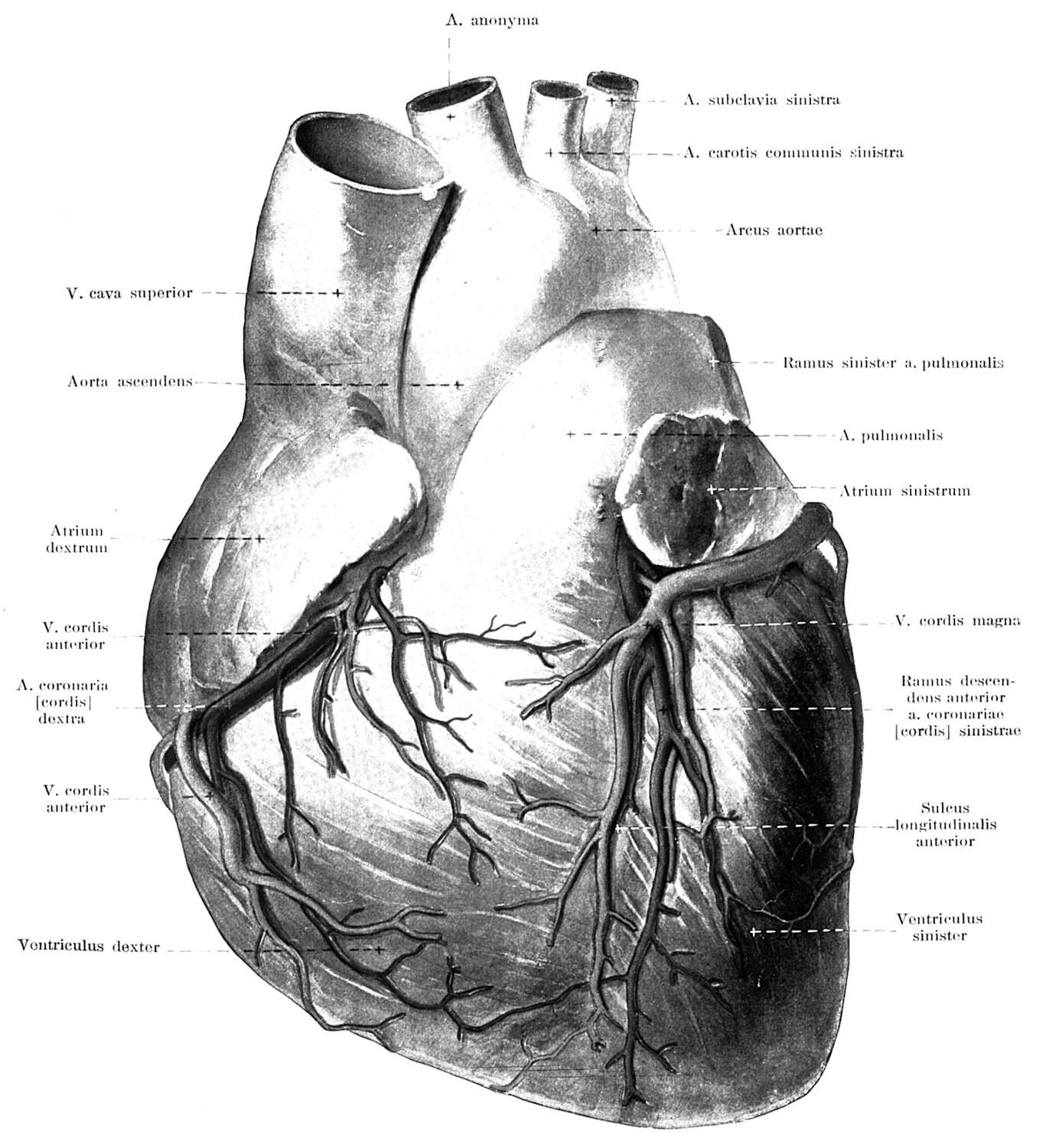
TUESDAY, Dec. 28 (HealthDay News) — Sheri Foote has cholesterol problems the likes of which few will ever have.
Foote, 43 and a Denver resident, was first diagnosed with high cholesterol when she had a physical examination about age 21. “I knew I had a family history of heart disease, so I thought it would be a good thing to do,” Foote recalled.
Her cholesterol “was off-the-charts high,” she said. “Everyone’s first instinct was, ‘You’re young; this seems very strange.'”
It seemed that way to Foote, too. She’d been a dancer since she was 6 and worked out regularly. “It seemed very shocking to me that this would happen to someone with such a healthy lifestyle,” she said.
Why Foote has struggled with high cholesterol since such a young age remains somewhat of a mystery. “All they can figure is that all the bad genes just piled up on me,” she said. “My body just does not produce the good cholesterol as much as we would like it to.”
She first tried to regulate her cholesterol through diet and exercise. “I even became a vegetarian in my 20s for a brief time, hoping that would help out,” Foote said. “I haven’t eaten beef since then, and I’ve really cut back on things like eggs and cheese. I eat those things in very small doses.”
Nonetheless, her cholesterol levels barely budged, she said. When she was 30, her doctor prescribed a cholesterol-lowering statin drug. “I went on it for about 6 months, and my cholesterol level did come down some,” Foote said. “Still it was quite high.”
So high, in fact, that Foote became seized with a sense of futility about it all. “I figured I was too young to be on a statin, so I went off it, in my infinite wisdom,” she said — a decision she later came to regret.
She had to have quadruple-bypass surgery the day after her 39th birthday.
Foote said she had “very classic Hollywood symptoms of heart disease: . . . crushing in the chest and shortness of breath and numbness down both of the arms.” At first it happened when exercising, she said, but then she started having episodes even when at rest.
She had an angiogram, which is a test that checks for any narrowing or blockage in the coronary arteries. Her doctors hoped they could put in a stent, a steel mesh tube that can keep an artery open, but Foote said the angiogram showed that things were too far gone. She said her arteries were choked with plaque, and her total cholesterol was at 335, with a level of high-density lipoprotein (HDL) cholesterol, the good kind, in the mid-teens. The American Heart Association considers a total cholesterol level over 240 as high risk, and an HDL level less than 50, for women, as higher risk as well.
Foote went in for bypass surgery. And she barely survived.
“I had a heart attack on the operating table,” she said. “I always tell people, if you’re going to have a heart attack, plan it right so you’re in front of an audience of doctors when it happens. It was at the end. They were done and getting ready to close me up and send me to recovery.”
Foote said that she now takes a fairly high dose of statins, a prescription-strength niacin supplement and fish oil capsules, and that her cholesterol today is a more reasonable level, though her “good” cholesterol “is rarely in the range they would like it to be, even with all of the medication.” Typically, she said, her total cholesterol is 130, with an HDL level of 30 and LDL (low-density lipoprotein) of 86.
“I feel good these days, though,” Foote said. “I took stock of my life, and I eliminated a lot of stress, which probably wasn’t helping me either. Things are not bad at all.”
More information
A companion article offers more on controlling cholesterol.

